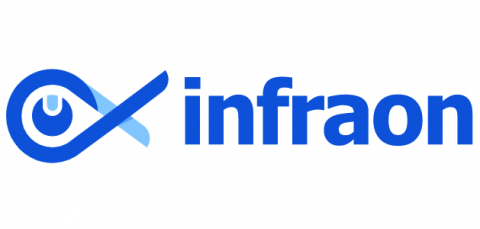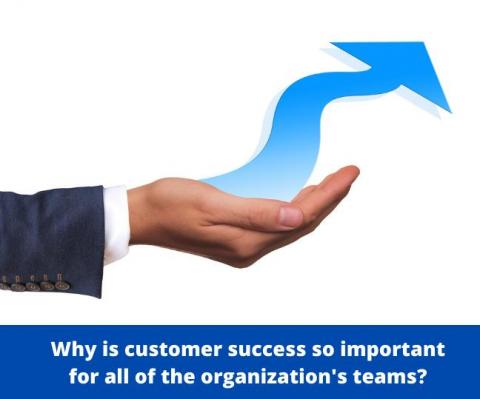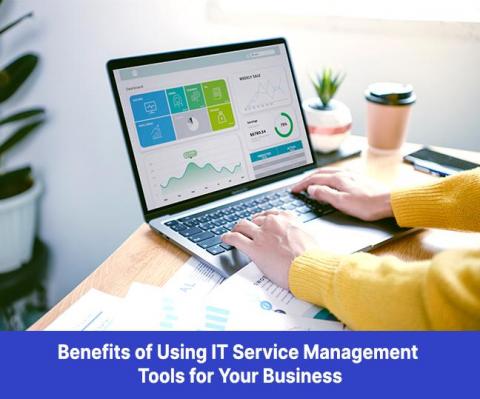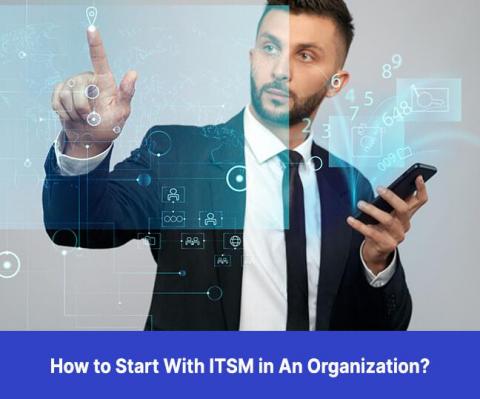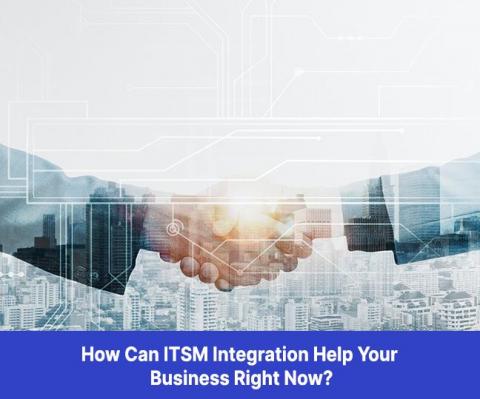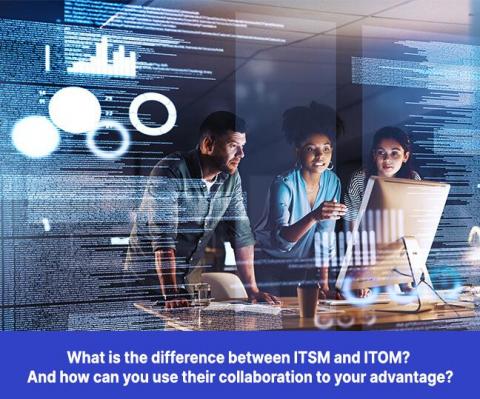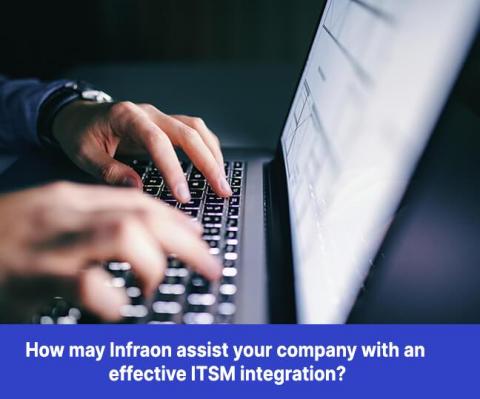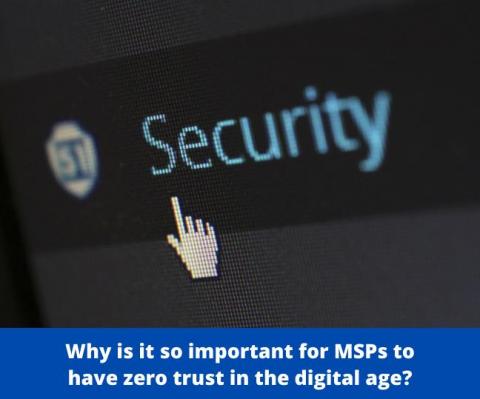Do you work as an MSP? Here's why you should invest in an RMM solution.
As a managed service provider (MSP), you are expected to deliver a broad spectrum of IT solutions to meet diverse clients’ needs. With the new normal of remote working and clients based across multiple industries and different time zones, you would have to devote a lot of resources to guarantee reliable service delivery. Furthermore, ensuring seamless deployment, driving user adoption, and generating ROI can be daunting if your clients are using multiple tools.




